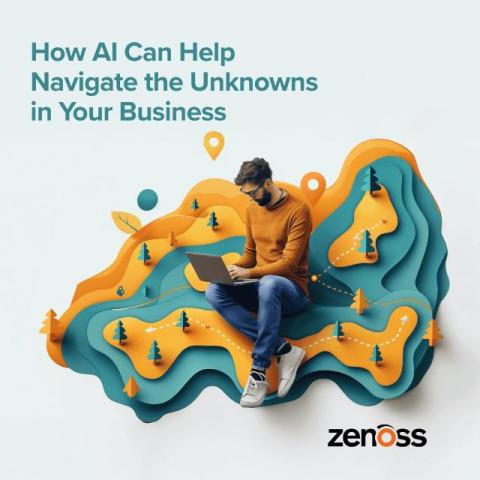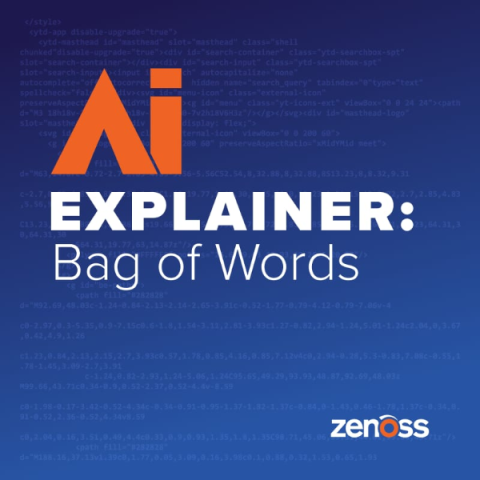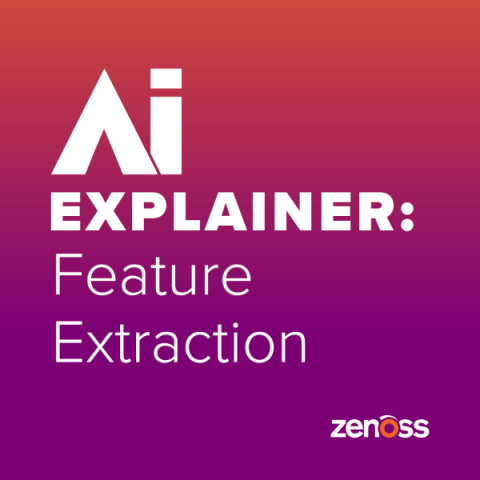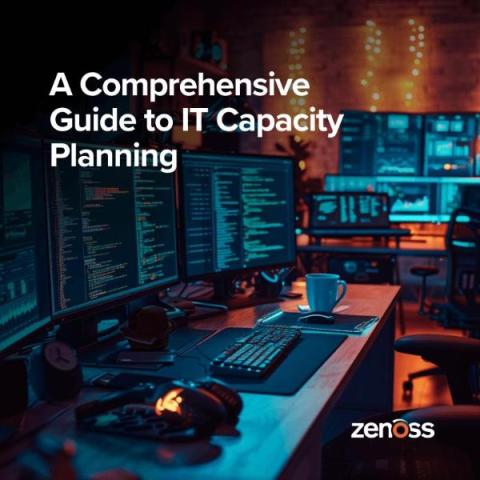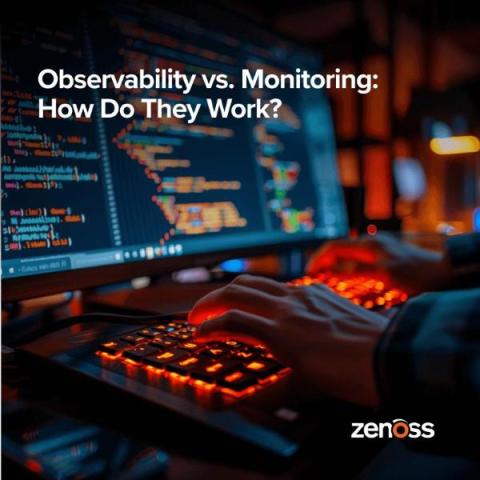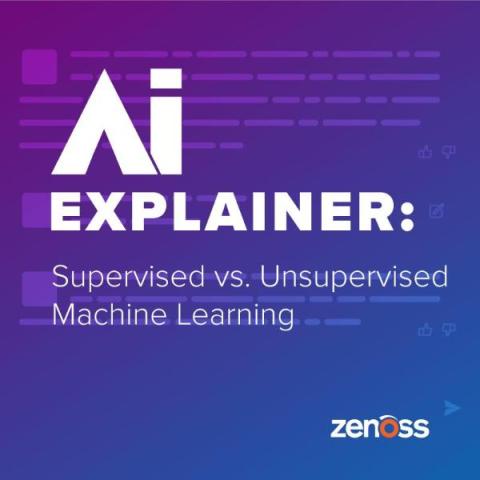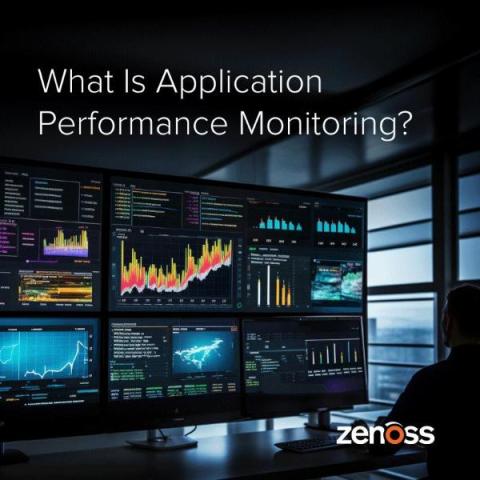How AI Can Help Navigate the Unknowns in Your Business
How do you know what you don’t know? Philosophers have pondered this age-old question for as long as they’ve been pondering. Perhaps this is because few things are scarier than the unknown. Whether you’re a child tucked in bed and wondering what’s in the closet, or a CTO in the boardroom wondering if your platform can stand up to the next generation of machine learning algorithms — we never outgrow the fear of the unknown.


